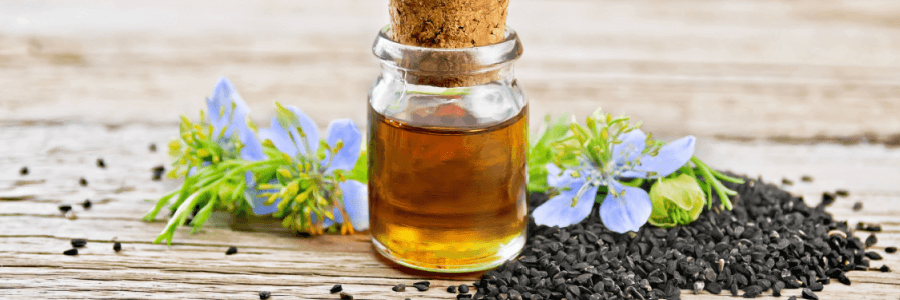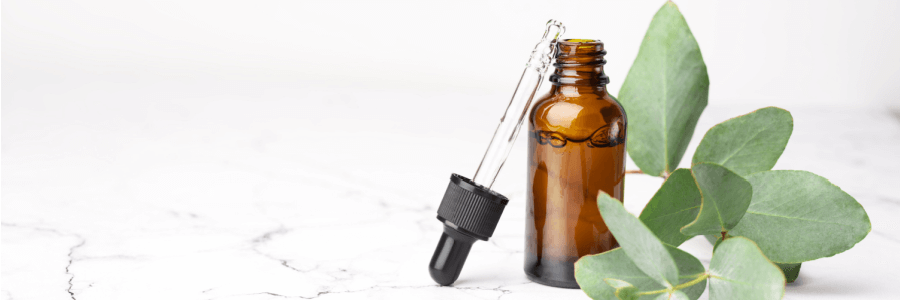Spirulina Powder 101: Why You Should Try This Microalgae
|



Spirulina is one of the oldest single-cell organisms on Earth. This edible superfood is a filamentous and unicellular blue-green alga that turns sunlight into micro-nutrients supporting life and providing energy. It was first discovered and used by the Aztecs around the 16th century. Today, Spirulina is used as a nutritional supplement in over 77 counties.
The goal of this article is to provide basic information about Spirulina powder and why it is one of the most consumed health supplements today.
- Spirulina: An Overview
- A Short History
- Where Is Spirulina Found?
- Why Are People Eating Microalgae?
- Main Highlights & Potential Benefits
- Spirulina Powder Nutritional Profile
- Conclusion
Spirulina: An Overview
Scientific Name: Arthrospira platensis.
Other Names: Spirulina, Spirulina platensis, Arthrospira platensis.
Appearance: Small, spiral-shaped microalga.
Color: Blueish-green.
Taste: “Like the Sea”, green, earthy, and sometimes sulfuric or fish-like.
Potential Benefits: Highly nutrient dense, powerful source of antioxidants, anti-inflammatory properties, improve muscle strength and endurance, may help with anemia and blood-sugar regulation.
A Short History
Historians believe the Aztecs were the first people in history to use Spirulina. They dried the algae into cakes which were thought to have been used as their primary source of protein. In 1940, explorer Pierre Dangeard published a report on this “nutritious algae” that was being eaten by people living around Lake Chad in Central Africa. About twenty-five years later, botanist Jean Leonard noticed the sale of green cakes in the markets there. He observed about 70% of the food eaten in this area was accompanied by a sauce made from the dried Spirulina cakes.
In 1967, Spirulina was established as a “wonderful future food source” in the International Association of Applied Microbiology (Sasson, 1997).
Where Is Spirulina Found?
This free-floating cyanobacteria lives in colonies and occurs naturally in tropical and subtropical lakes. It can also be found in soil, marshes, freshwater, brackish water, seawater, and thermal springs where the water’s pH is high. Spirulina is native to Africa, Asia, and South America.
Spirulina can also be cultivated in open-channel raceway ponds or man-made tanks. Tanks eliminate the risk of the alga taking in potential toxins and chemicals from the water.
Why Are People Eating Microalgae?
Spirulina is one of the world’s most popular supplements because it is a superfood powerhouse. This tiny organism is loaded with nutrients and antioxidants that can benefit overall health. It is also a complete protein which means it contains all essential amino acids.
Once dried and powderized, Spirulina is added to healthy drinks and smoothies, and can be sprinkled directly on top of salad or incorporated into cooked meals.
Main Highlights & Potential Benefits*
Most nutritional experts argue Spirulina is one of the most nutrient-dense foods available. Its rich nutritional profile is what makes spirulina supplements essential for good health.
- Is a complete protein containing all essential amino acids.
- Packed with brain-healthy omega-3 and omega-6 fatty acids.
- Has anti-cancer and anti-inflammation properties.
- Contains the minerals copper, iron, manganese, magnesium, sodium, potassium, zinc, phosphorus, calcium, and selenium.
- Contains the vitamins riboflavin, thiamin, niacin, pantothenic acid, folate, and vitamins K, E, B6, C and A.
- Contains Gamma Linolenic Acid (GLA), known for its anti-inflammatory properties.
- Powerful source of antioxidants including phycocyanin, a potent anti-inflammatory.
- High in Chlorophyll, which helps remove heavy metals from the blood and boosts immunity.
- High in Iron, contains 4,000% more Iron than raw spinach.
- High in Calcium, contains more than 26x the Calcium in milk.
- May help balance blood sugar.
- May reduce blood pressure.
- May improve allergies.
- May be effective against anemia.
- May increase muscle strength and endurance.
- May promote eye health.
Spirulina Powder Nutritional Profile
According to the US Department of Agriculture, one tablespoon (7g) of dried spirulina contains the following:
Conclusion
Spirulina is an extremely healthy cyanobacteria that has been used for its health benefits and rich nutritional profile for thousands of years. It is a complete protein and offers a wide array of vitamins, minerals, and nutrients. It’s most often used to help maintain a healthy immune system, reduce inflammation, and fill in nutritional gaps in the diet.
Spirulina comes in powders, tablets, or flakes and can be simply added to healthy drinks or meals. Powders and tablets, however, are the most common. If you are looking for an effortless way to boost energy and add more nutrients to your life, Spirulina powder is an easy choice. Though tiny, this blue-green superfood delivers in a big way.
Medical Disclaimer
Please speak with your doctor or other licensed healthcare professional before beginning any new supplement including Spirulina. None of the content on this site is or should be considered medical advice. The purpose of this article is simply to highlight relevant research for those curious about the potential benefits of consuming Spirulina.

 Login
Login


